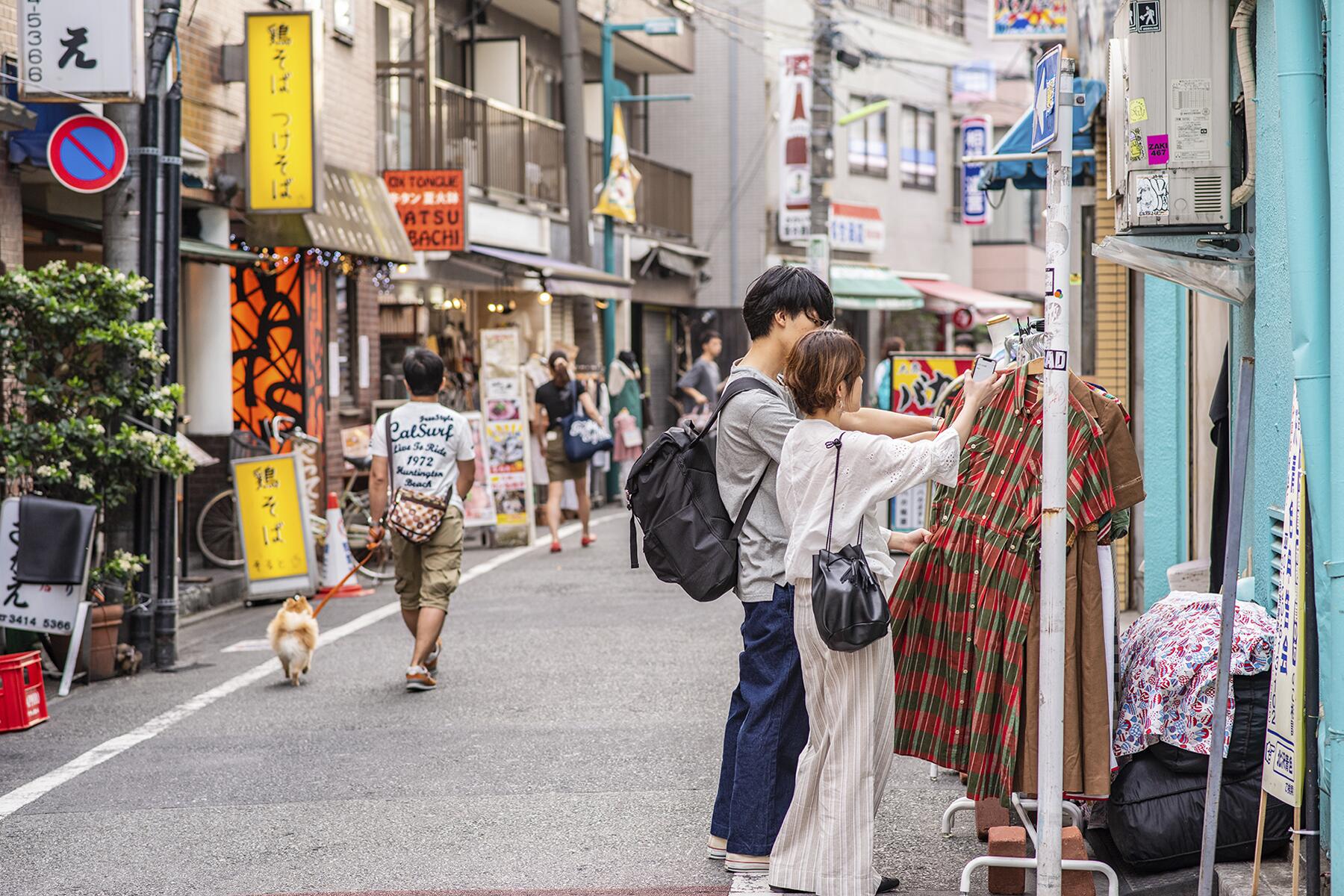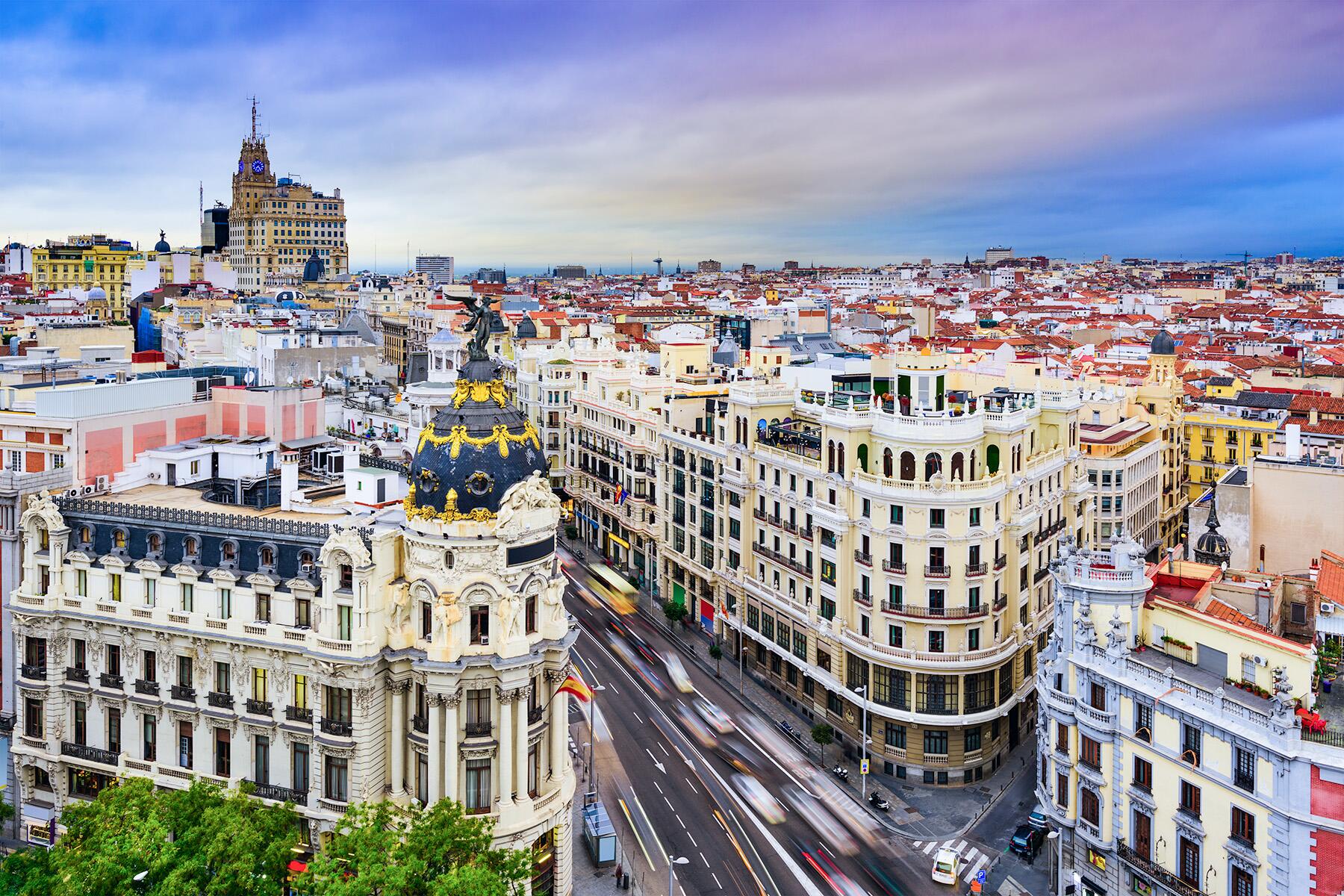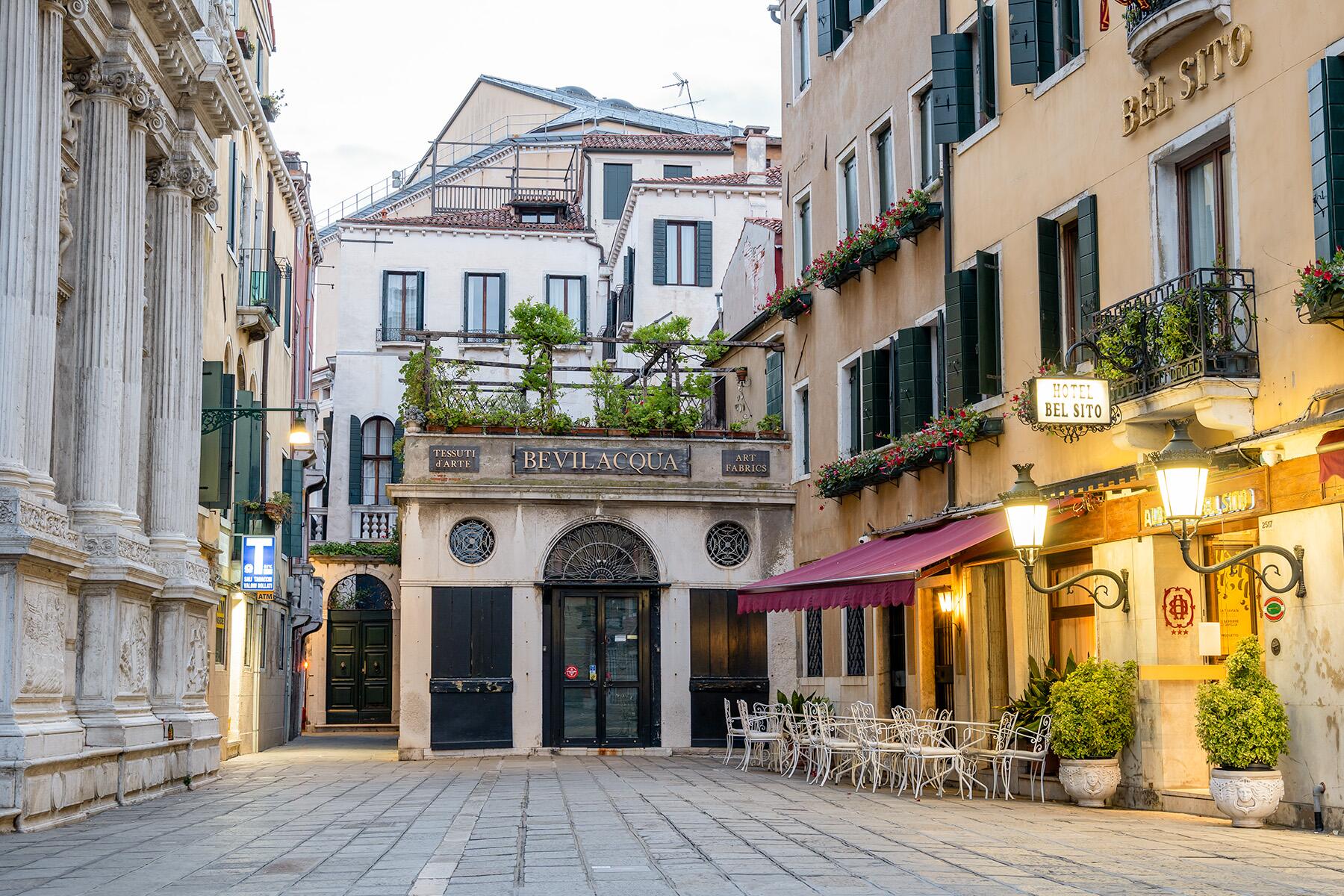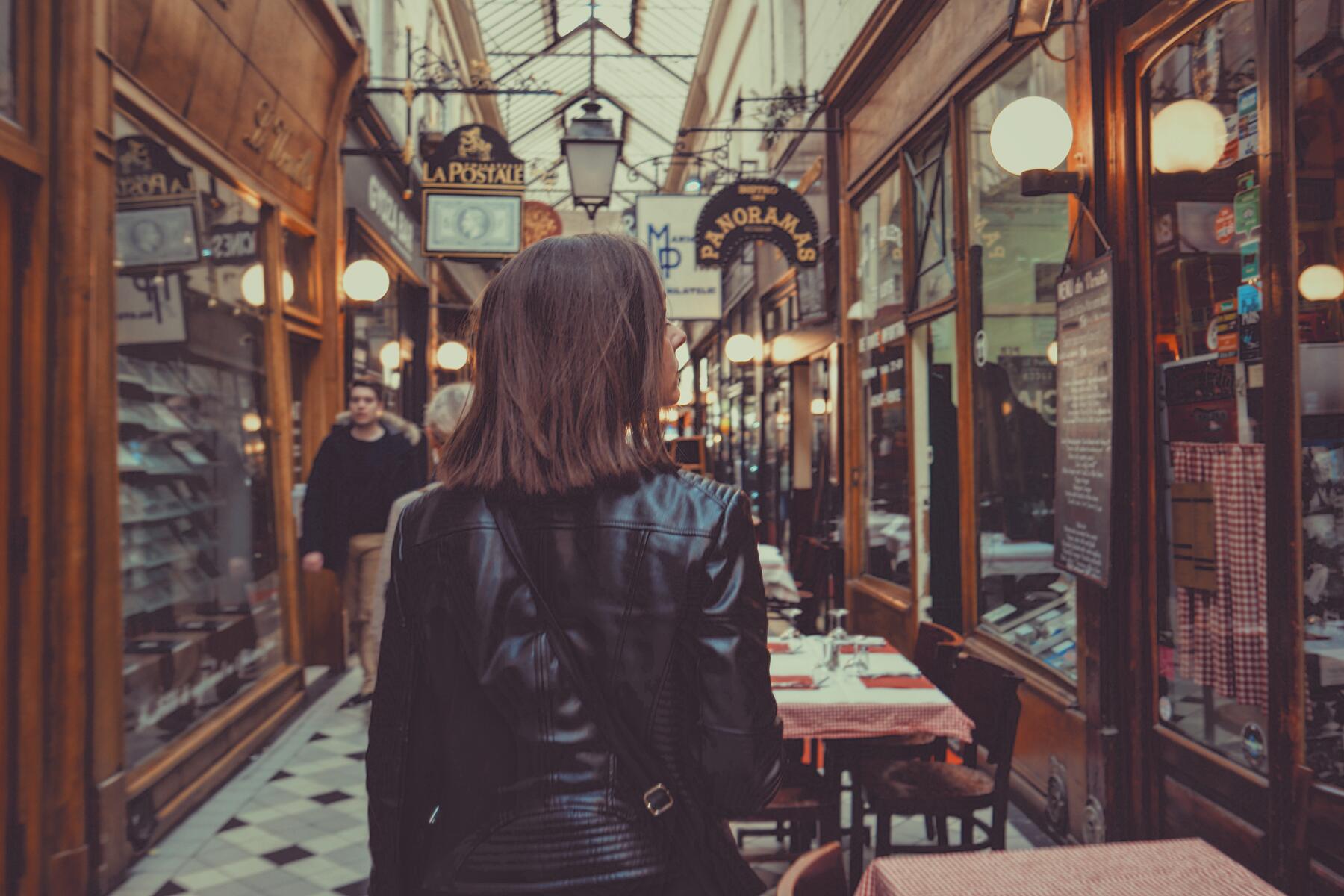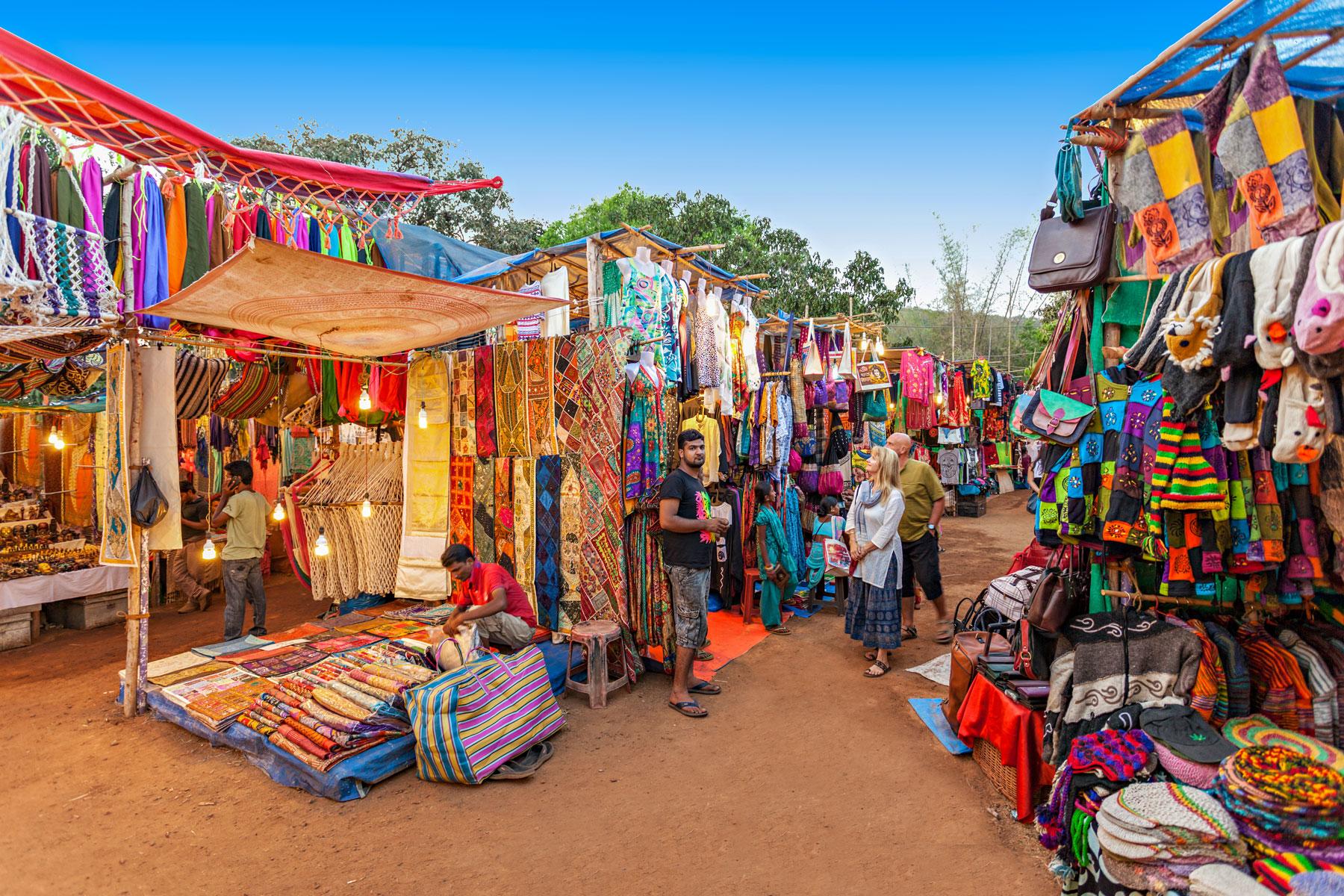Step one: buy textiles. Step two: buy everything else on this list.
India has a rich tradition of craftsmanship, and few travelers to this diverse country can fly out empty-handed. Here you’ll find everything from delectable fresh spices to elegant textiles, often created using methods dating back thousands of years, not to mention all sorts of beautiful homeware items that you’d be hard-pressed to find elsewhere. Here are but a few not-to-miss items to pick up in India—just don’t forget to bring an extra suitcase.
Statues
The average Hindu home in India has at least one small shrine containing idols of gods, and there’s always a demand for statues of Hindu deities, often in brass or marble. Brass castings of the elephant-headed god Ganesh and the dancing form of Shiva, Nataraja, are particularly popular with travelers, as are marble and soapstone elephants and Taj Mahal statues.
Incense
Most of the world’s incense is made in India, and it’s a great place to pick up all sorts of scents, from the ubiquitous sandalwood, known locally as chandan, to globally favored aromas such as nag champa. While most incense comes in stick form, you can usually find cones. Dhoop, a resinous, slightly gooey, stick-free incense often burned outside to keep insects away makes a good gift, as it’s not as frequently found outside of India.
Recommended Fodor’s Video
Spices & Tea
Many of the world’s most celebrated teas come from India, particularly the Assam and Darjeeling regions in the Northeastern part of the country. Tea, or chai, is popular across the country, and is usually prepared with milk, sugar, and spices such as cinnamon, clove, and cardamom to make delicious “masala chai.” If you’re looking for foodie gift ideas, pair some Indian tea with a package of premixed “chai masala” (tea spices), or pick up a selection of locally loved spices, such as mustard seed, saffron, turmeric, and asafetida.
Shawls
You can’t walk far in most tourist-oriented markets in India without being offered the chance to buy a pashmina, a type of shawl produced in the Kashmir region of present-day India and Pakistan. These elegant draperies come in all sorts of color combinations and often have intricate paisley designs. While true pashminas are made of soft cashmere wool native to the Himalayas, synthetic—but nonetheless beautiful—imitations abound. If you want a genuine item, your best bet is to buy from a government-approved handicraft outlet.
Jewelry
From glittering glass bangles to blingy gold and diamonds, India offers tons of jewelry options. If your budget is modest, you can find all sorts of beautiful silver items, from earing set with semiprecious stones to enamel-inlaid bangles and pendants, known as meenakari, all for a fraction of what you’d pay at home. Most silver jewelry is sold by weight, though intricate pieces that require a lot of craftsmanship sometimes have set prices. If you’re interested in big-ticket items, head to Gem Palace in Jaipur, a reputed shop that’s been selling to royal families from around the world for generations.
Block Printed Textiles
Woodblock printing, creating prints on textiles using inked stamps carved from wood, has been used in India for thousands of years. The method continues to be popular to this day, particularly in Rajasthan, where woodblock printing is used to create everything from sundresses to tablecloths. The Jaipur-based boutique chain Anokhi is one of the most popular places to pick up woodblock apparel and accessories (as well as woodblocks themselves). They also run a small museum dedicated to the craft in the town of Amber, in the suburbs of Jaipur.
Musical Instruments
India has myriad musical traditions, and music lovers can find amazing deals on locally produced instruments if they shop around. Some of the most popular options include twinned drums known as tablas as well as plucked string instruments such as sitars, sarods, and veenas, and most musical instrument vendors in bigger cities can help you figure out the best way of getting instruments home. For something lighter in weight, consider a flute. The most popular are bansuris, associated with the Hindu god Krishna, though the pungis or beens played by snake charmers make an equally fun gift.
Shoes
India is a major producer of footwear, particularly in Agra, the home of the Taj Mahal, where hundreds of thousands of shoes are reportedly produced every day. While you can get everything from work boots to stilettos at Indian shoe shops (often for a fraction of what you’d pay at home), it’s the traditional footwear for men and women that you’ll really want to keep your eyes out for. Popular choices include joottis and mojaris, traditional leather slip-on shoes, often covered with some combination of embroidery and sequin work. Sandals and flip-flops, known as chappals, are another great choice, and often come with similar embellishments to their close-toed counterparts. Kohalpuris, hand-made flip-flop-style sandals with extra loops for the big toe are another great find, though they are losing popularity as mass production continues to dominate.
Books
With the world’s largest English-language readership, it’s no surprise that the publishing industry in India is enormous. Here you can find everything from gigantic coffee table books to inexpensive, locally printed editions of popular international books. Many of the books available in India aren’t easily obtained overseas, particularly novels by local authors and books on religious and esoteric subjects.
Pottery
Pottery is popular in India, and it’s not uncommon to see roadside vendors with huge stacks of terracotta pots, sculptures, lanterns, and even disposable teacups for sale. If you’re looking for something to bring home, a piece of traditional blue pottery from Jaipur might be your best bet. Everything from doorknobs to vases are available, but they aren’t always blue (the tradition gets its name from a type of cobalt dye frequently used in the process). Pottery in hues of greens, yellows, and white are equally abundant.
Thangkas
India is home to the Tibetan Government in Exile and the Dalia Lama and has a large Tibetan population. As such, traditional Tibetan craft and religious items are widely available. The most noteworthy are thangkas, intricate paintings of deities or mandalas. They are usually painted on fabric and then sewn into a larger piece of fabric with wooden bars at the top and bottom so that it can be rolled up like a scroll for easy transport.
